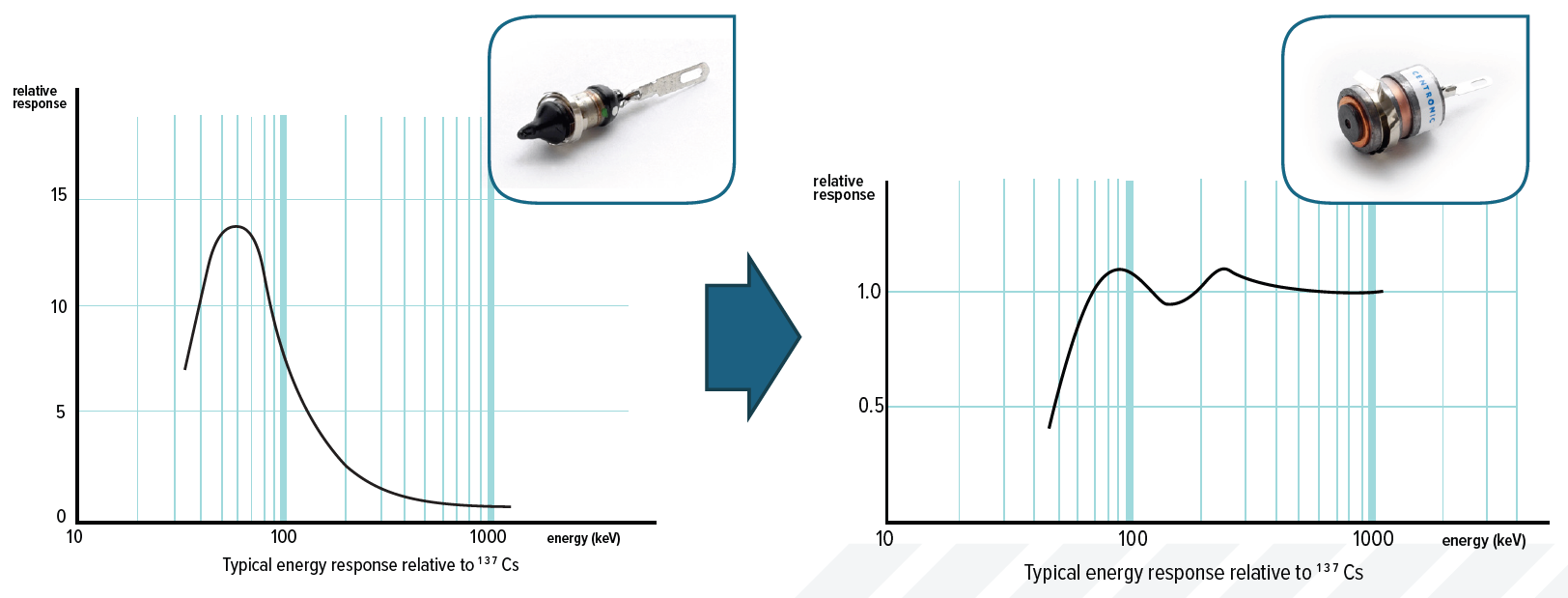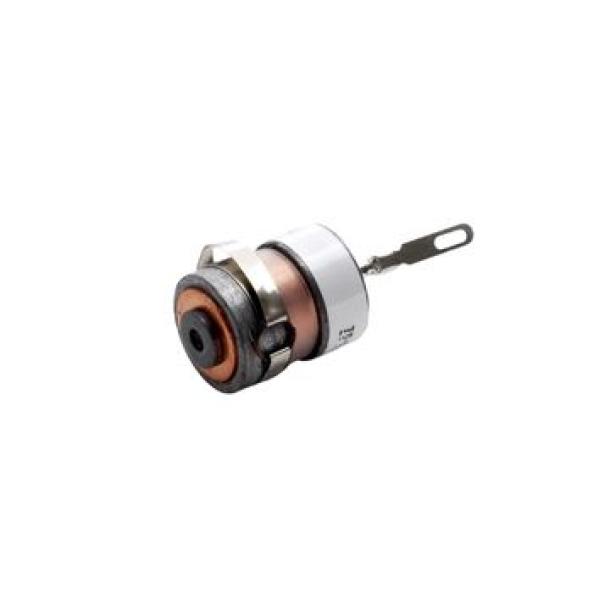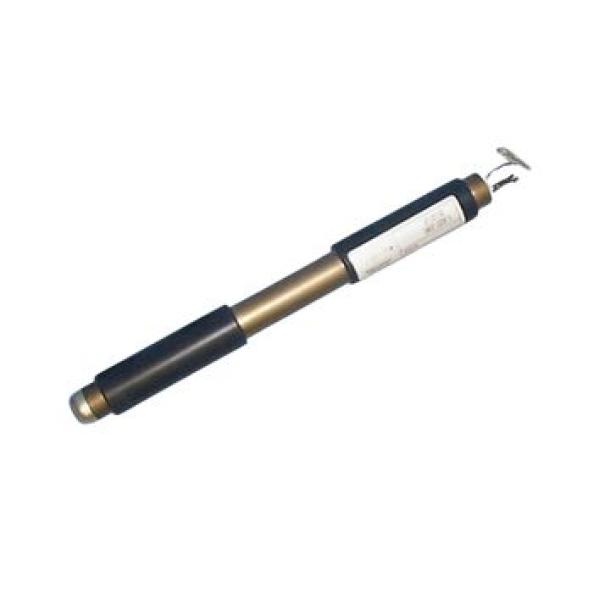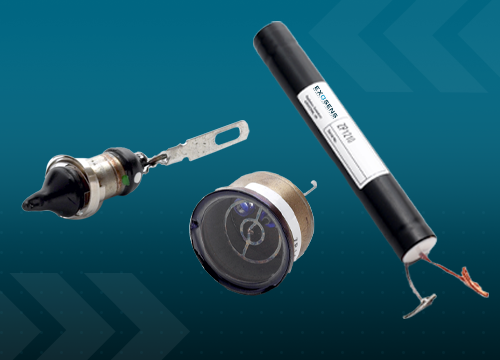Geiger-Müller tubes are electronic components which enable an instrument to count alpha, beta and gamma radiation events. They do this by converting some of the energy of the radiation event into charge and amplifying that charge using gas avalanche mutiplication so that a usefully large pulse is delivered to the measurement circuit for each radiation event detected.
The sensitivity of a bare Geiger-Muller tube is strongly related to the energy of the gamma radiation. Energy compensation using high atomic number materials can modify this for either ambient or equivalent dose measurements. The principle of a flatter response from a compensated device is illustrated in this figure.
Energy compensatedversions of the following tubes are available:
> General Purpose alpha, beta and gamma
• Our baseline gas volume and mixtures
> High dose gamma
• Smaller volume for lower sensitivity to prevent overload in high flux
> Low dose gamma
• Larger volume for higher sensitivity in low radiation environments

Need some answers? Ask our experts!
Contact us





What's new in Energy compensated Geiger-Müller tubes?
See all
Paris.
FROM Nov 04th 2025 TO Nov 06th 2025
WNE 2025
Join Exosens at the World Nuclear Exhibition (WNE) 2025, the leading global event for the civil nuclear industry, taking place at Parc des Expositions Villepinte in Paris, France.

Jul 10th 2025
Spotlight on Geiger-Müller excellence
Exosens: Fundamental Detector Technologies Powering Trusted Radiation Detection

Madison, Wisconsin.
FROM Jul 13th 2025 TO Jul 17th 2025
Health Physics Society’s 2025
Visit Exosens at the Health Physics Society’s 70th Annual Meeting, Monona Terrace Convention Center, Madison, Wisconsin